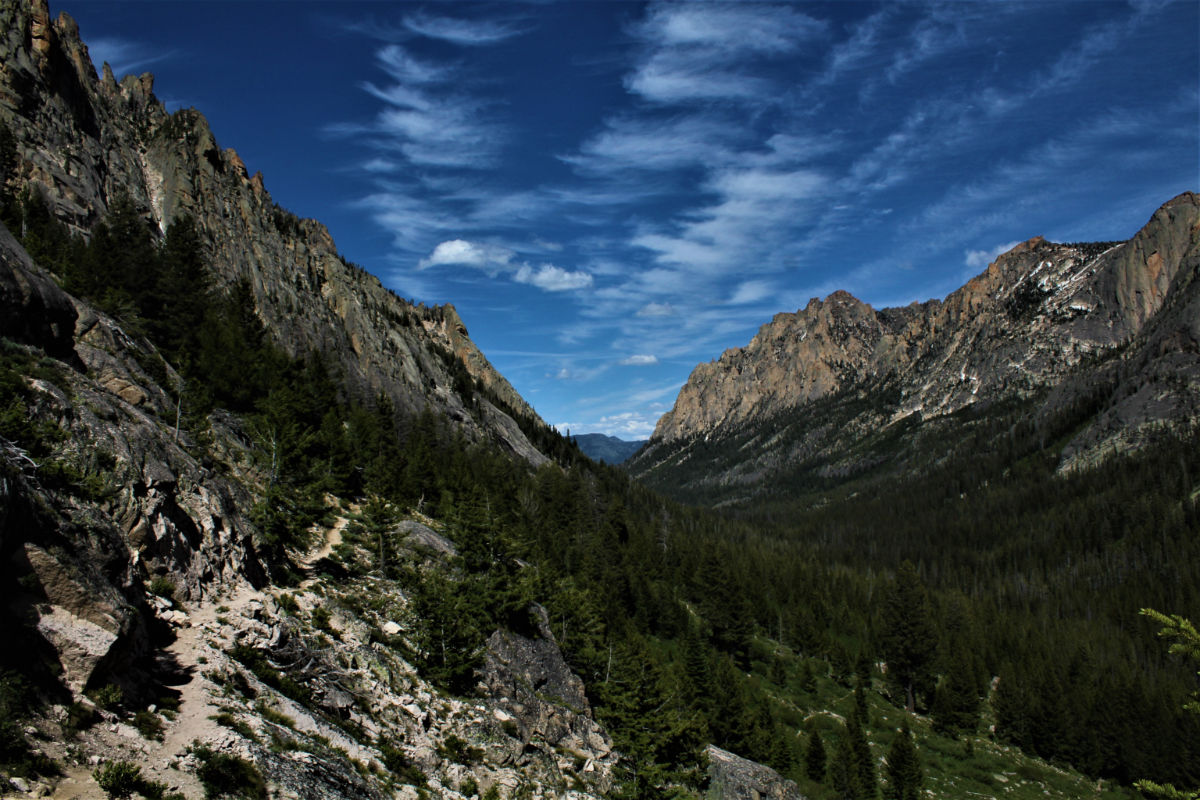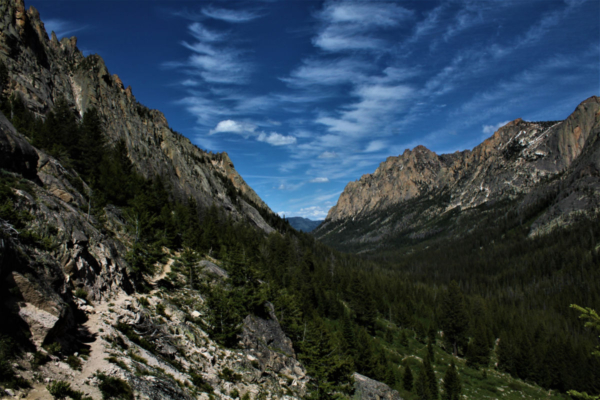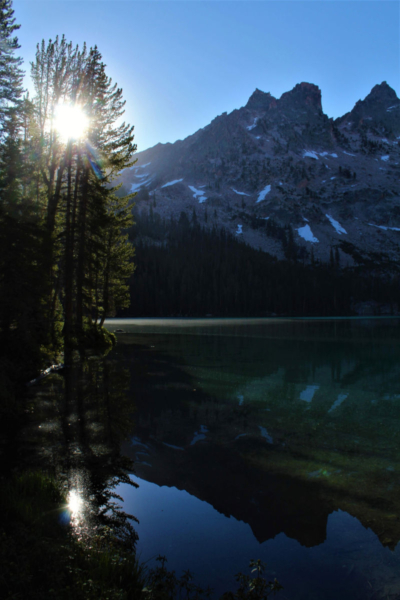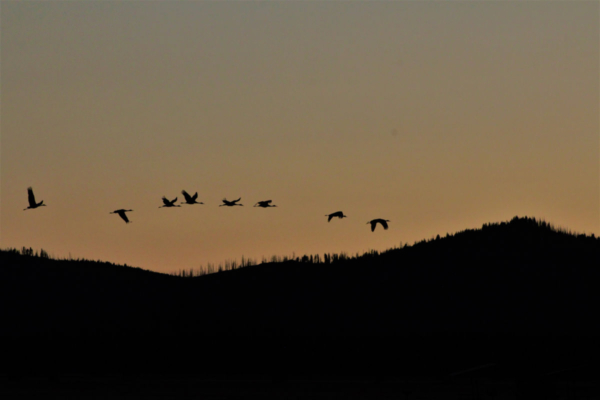Words and photos by backpacking guide and winter hutkeeper Lara Antonello
We spent the morning on the lake fishing for walleye to cook for dinner that evening, finding relief from the heat of the day in the shade of these woods. Our parents returned home to begin processing our catch so we went looking for treasure. Delicately placed dirty feet tip toed through low lying shrubs until it happened. We lowered down, heels pressed against sandals pressed against the earth, and reached out to pick the most perfect plump wild blueberry. Clutching the ends of our shirts into a pouch with one hand, the wild harvest began. Our bounty was exposed by ear to ear grins accented by the sun sweet berry juice leaking through our cotton t-shirts. There was dirt under our nails and bowls full of fish scales. I was proud. These treasures were going to feed us.
1,400 miles west and 14 years later those treasures still nourish me. As a child, being in wild places is natural. Kids look for bugs under rocks and see shiny stones as treasures. They scale trees, play tag in grassy parks, and swim in lakes all with a gem of curiosity as their driver. Somewhere along the line we are taught to shift our focus, to grow to understand the complexities of how our global community functions and be contributing members. Somewhere along the line we start to believe the myth that curiosity and contribution are mutually exclusive.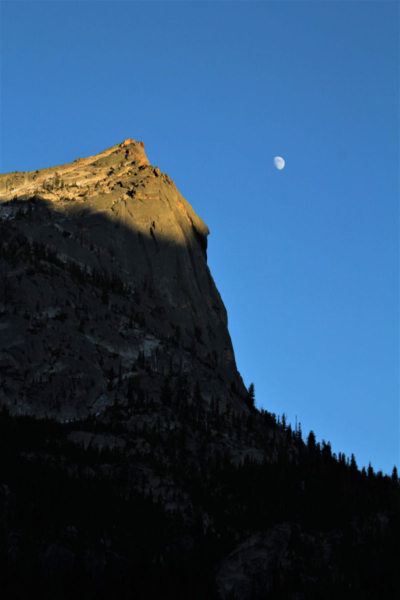
Our home base in Stanley, Idaho has a backyard that spans almost 3 million acres of public lands that belong to we the people of the United states of America. If you pay taxes, you are a co-owner of public lands. If you have a memory that involves sweat, sunscreen, and dirt, public lands preserve the opportunity for generations after you too have that same formative experience. In addition to maintaining a safe haven for wildlife and habitat, these lands preserve the opportunity to challenge our grit, seek solitude, be inspired, feed our families wild game, catch the perfect fish, and find the honey hole of perfectly ripe wild summer berries. These lands preserve space for curiosity and contribution together and that is a gift.
From 1933 to 1942 the Civilian Conservation Corps (CCC) was created to reduce unemployment in the wake of the Great Depression. They played a huge part in the accessibility that we have to public lands today by developing roads and trails, fighting wildland forest fires, and doing restoration projects. As we celebrate the American workforce this Labor Day, we celebrate the foresight and sweat that 3 million CCC workers put in to our public lands heritage.
There are 640 million acres of public lands in the United States that span over 28% of the landmass of the country— a dream of a playground for kids and inner kids alike. As guides, we strive to help you feel more confident in your abilities. We strive to help you feel connected to and be curious about where you are. We strive for you to find your treasure, whatever it may be. We strive for you to Get. Out. There.
From one public land owner to another, enjoy the playground.
